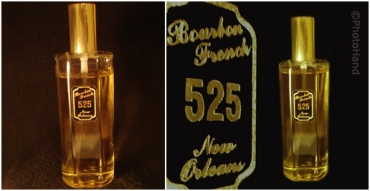Some time ago I saw an amateur picture of a woman with her baby posted online with a defiant comment that she was proud of her natural unretouched look. The picture looked pretty bad. You could tell there wasn’t enough light in the room when it was taken, so her skin and he baby looked earthy and bluish. The low angle from which the photo was taken was rather unflattering. She had no makeup on and her hair was messy.
I couldn’t understand her logic. If you are shooting a picture for keeps and posting online you would normally pretty yourself up to have a photo that celebrates you and brings you in a good mood.You would ask someone to take the photo of you so that person would give you directions for better posing.
Then there was another comment that made me join the discussion. She compared the “honesty” of her photo to the “naturalness” of Annie Leibovitz photography. Without stating the obvious points of difference between the lady’s self-portrait and the creations of a genius, I’ll get to the educational part: the ‘naturalness’ of great portraits is achieved through hours of collaborative work.
For starters, the photographer will help you with posing and your facial expression to make sure you do relax and do look natural in front of the camera. A real professional will make sure the background doesn’t have any distracting elements to spoil the view: water bottles, bags, exit signs, or any other clutter.
S/he will watch out for stray strands of hair, wardrobe malfunctions, and other obvious issues.
A top-level photographer comes with a crew that includes, depending on the budget, the following type of helpers:
– Lighting Assistant who directs a reflector to bounce light onto the subjects, sets up flash stands and adjusts the settings on external flash units, and holds and aims video lights.
– Photographic Stylist who collects the necessary materials and props before the shoot from various suppliers, arranging objects in the desired fashion and setting up lights and special effects, if any, e.g. fog, wind or rain.
– Hair and Makeup Stylist – Even a natural beauty that doesn’t need much help but a little enhancement can go a long way with some makeup. As a minimum, you need a flash-resistant foundation so that your skin doesn’t appear oily. During the shoot, this professional corrects the smudges and watches out for stray strands of hair.
– Wardrobe Stylist – knows how to accentuate the positive attributes of the people they dress. Choosing the right outfit to flatter someone—in a way that is appropriate for each event—is an art. Fashion styling requires extensive knowledge of the fashion industry and a knack for matching your clients with the clothing that will support the image they want to project.
Depending on the chosen style these professionals can present different facets of YOU.
In 2008, Vogue Paris demonstrated how, without any retouching, and only with the application of makeup, wardrobe lighting the same woman could appear as a 10, 20, 30, 40, 50 and 60-year old:

Vogue Paris November 2008 with Eniko Mihalik by Inez van Lamsweerde and Vinoodh Matadin styled by Carine Roitfeld, make-up by Lisa Butler
Technically, these are natural (unretouched) photos, unless you consider makeup that women wear routinely to be a grand illusion. But somehow I think that discretely retouched portraits where photography flaws have been eliminated, skin has been cleaned, undereye shadows lightened, static hair removed, and the background clutter eliminated to be more ‘natural’:








 Turn off the Flash. Flash glare on objects is very hard to photo retouch because it means loss of digital information. A
Turn off the Flash. Flash glare on objects is very hard to photo retouch because it means loss of digital information. A 
![Reblog this post [with Zemanta]](https://i0.wp.com/img.zemanta.com/reblog_e.png)

You must be logged in to post a comment.